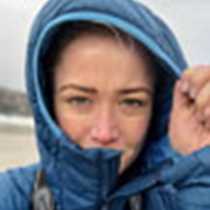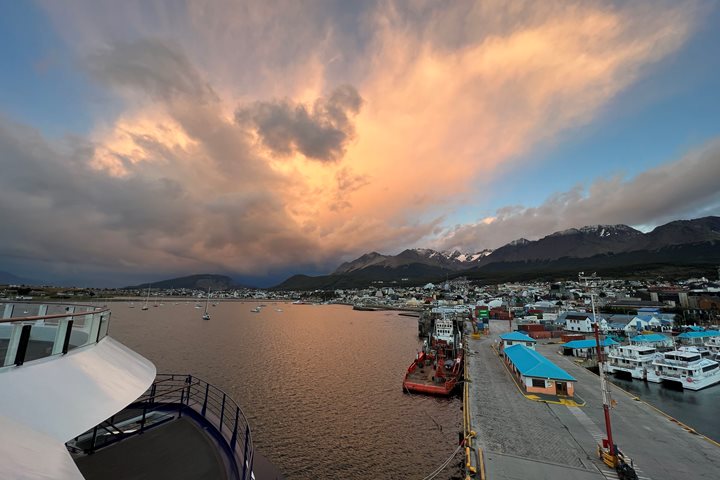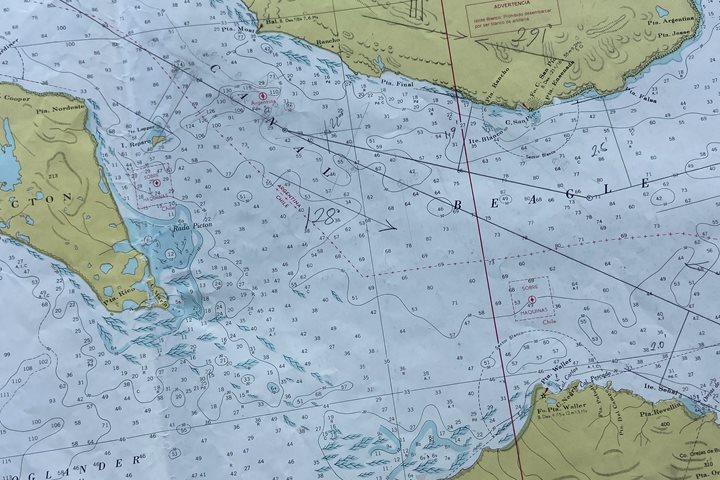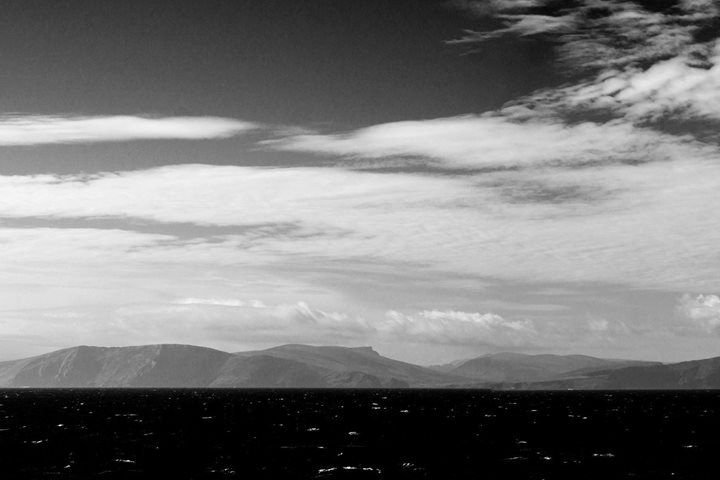On 14th April 1916 Sir Ernest Shackleton and his crew of 27 men landed at Cape Valentine on Elephant Island. Having watched their ship, the Endurance, crushed and consumed by the ice in the midst of the Weddell Sea on October 27th 1915, the men then spent three months drifting in ice floes and being battered by the harsh elements of the Southern Ocean in their small lifeboats. Arriving at Cape Valentine may not have been the end of the survival mission of these hardy men, but it was certainly a momentous achievement.
On the 24th February 2016 the National Geographic Orion approached Elephant Island. We had just finished a lavish breakfast buffet, perhaps a hot shower or a run in the gym, maybe we’d been catching up on the latest news or ordering a cappuccino from the bar. Maybe we’d done all five! Our morning rituals are certainly a million miles away from what Shackleton and his men must have experienced on their approach to Elephant Island.
So as the National Geographic Orion vaulted over a substantial northerly swell with ease and we peered out through the Bridge windows at the towering snow-capped and glacier lined island appearing from behind a veil of grey mist, our destination may have been the same, but our experiences were vastly different. And this is summertime. Shackleton and his men managed to land at Cape Valentine in April—the very beginning of winter. A feat almost unbelievable if it wasn’t for the unique stories and photographs that survived along with the 27 men, to be told and exhibited to generations of awe-inspired travellers such as ourselves.
With Cape Valentine proving too treacherous a location for Shackleton and his men, they successfully relocated to the somewhat more sheltered Point Wild—but even this place is aptly described as “inhospitable.” In our comfortable, heated, fuelled, food-filled ship the Captain slowly navigated us close enough to Point Wild to make out the Chinstrap penguins clinging to the ragged shoreline. The swell today was large enough at both Cape Valentine and Point Wild to have us perplexed and even more captivated by how Shackleton and his men managed to land at either locations, never mind survive here for a prolonged period.
Coming to terms with what these men endured on this windswept and ice assaulted coast is simply impossible. Damp, cold, hungry, and injured are but a few words to describe their situation. To witness the two locations where these men endured such hardship, but with such resilience and foresight, was a rare and humbling opportunity. To then continue on our voyage to South Georgia, following the route Shackleton chose to sail in his tiny boat the James Caird in the hope of finding rescue, we once more began to bound over the swells of the Southern Ocean in utter appreciation of our comfort.
National Geographic Orion simply and easily cuts through a swell, merely a little jolt and jostle here and there. And so again, to try and come to terms with what Shackleton, Worsley, McNish, McCarthy, and Vincent endured on that open ocean crossing in winter in a boat 6.9m (22.5ft) long and with nothing but sheer hope, determination, and extreme skill on their side, is simply impossible.







